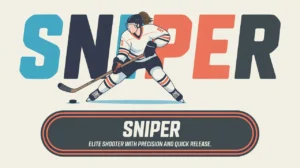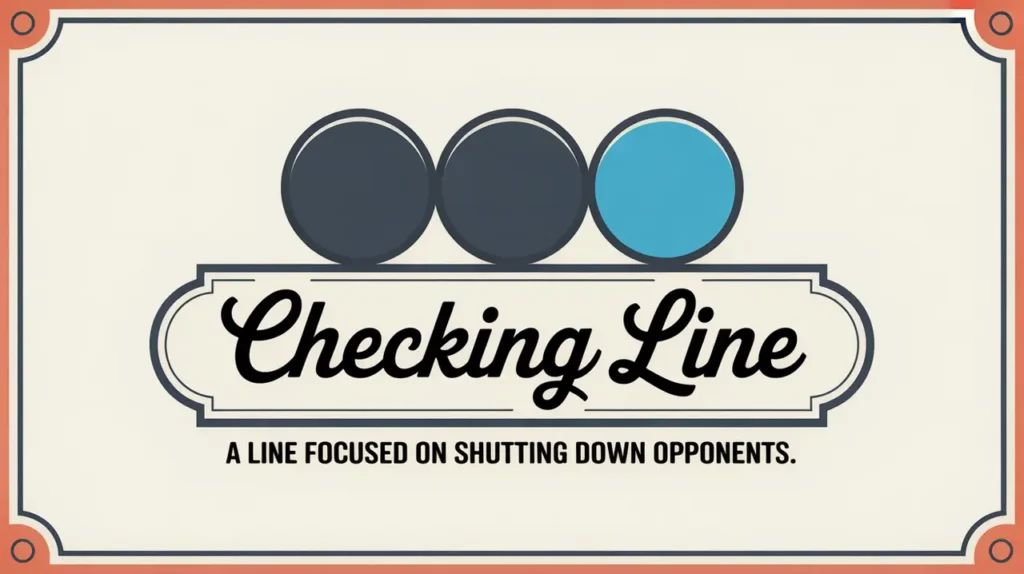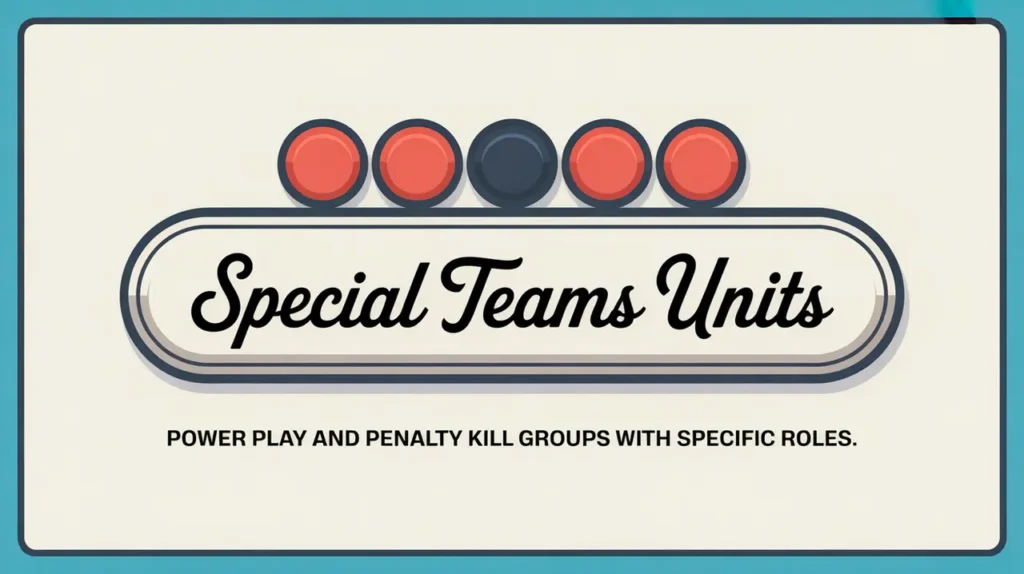Jim’s Intro to Shift Rotation
Hi folks, Jim here, the only commentator who once explained that “shift rotation” was a choreography term.
What is shift rotation?
Shift rotation is the systematic changing of lines and defensive pairings during a game, usually every 30 to 50 seconds. It ensures players maintain high energy levels, keeps team structure intact, and allows coaches to control tempo and matchups.
How does it work?
Shift rotation relies on timing, communication, and discipline:
- Short, Intense Shifts: Players go hard for a set time, then change before fatigue sets in.
- On-the-Fly Changes: Most rotations happen while play continues, requiring precise timing to avoid too many players on the ice.
- Line Order: Teams usually rotate through forward lines and defensive pairs in a consistent sequence to maintain structure.
- Coach Direction: Coaches signal changes, but players also read the game and change when appropriate.
- Strategic Breaks: Occasionally, lines are double-shifted or skipped to exploit matchups or manage ice time.
How do you make good decisions with it?
- Change Early, Not Late: Tired players stuck on long shifts are a recipe for mistakes.
- Read the Play: Change when your team has control or the puck is safely deep.
- Communicate: Talk with linemates and watch for signals to avoid confusion.
- Respect Line Order: Disorganized changes mess up matchups and coverage.
- Adapt Situationally: Late in games or special situations may require adjusted rotations.
How do you master it?
Mastering shift rotation takes discipline, awareness, and conditioning. Players practice on-the-fly changes in training and learn to time their exits and entries seamlessly. Coaches emphasize rhythm so the bench runs like clockwork.
What does it look like when done right?
A smooth shift rotation looks effortless and synchronized. Players hop over the boards in rhythm, fresh legs hit the ice, and the team maintains pressure without drop-offs in coverage or pace.
Commentator’s Corner
Jim’s Take
Good shift rotation is like a relay race. If the baton handoff is smooth, the speed never drops. If it’s sloppy, everyone stumbles.
Parent Tip
Teach young players that smart changes are as important as flashy plays. Good habits here make them more dependable teammates.
Player Tip
Never wait until you’re exhausted to change. Time your shifts so you leave the ice strong, not gasping.
A Final Thought
Shift rotation is the engine of team performance. Master it, and you’ll keep your team sharp, your structure intact, and your opponents constantly chasing fresh legs.









